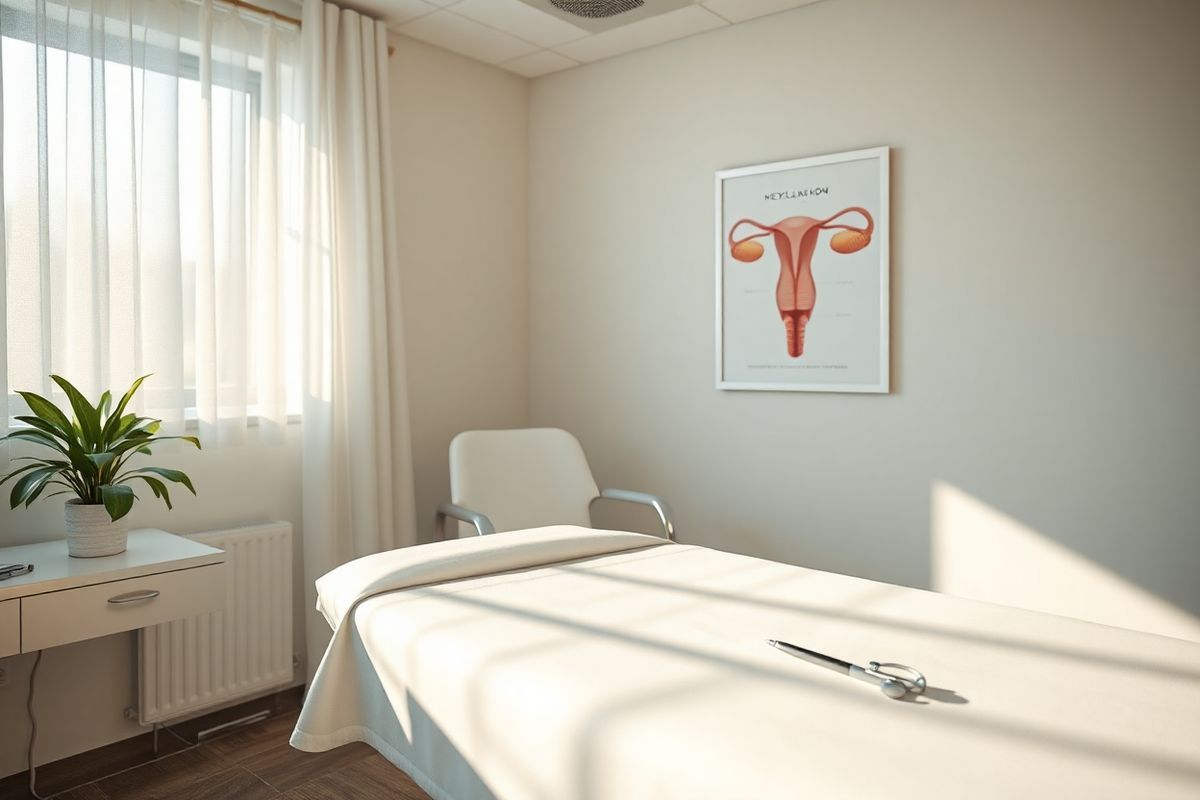Table of Contents
Understanding Nexplanon: The Birth Control Implant Explained

Nexplanon is a long-acting reversible contraceptive (LARC) that serves as an effective method of birth control for individuals looking to prevent unintended pregnancies. This small, matchstick-sized plastic rod is inserted under the skin of the upper arm, delivering a steady stream of the hormone progestin. The primary functions of Nexplanon include preventing ovulation, thickening cervical mucus, and altering the uterine lining to inhibit sperm from fertilizing an egg. The implant is designed to prevent pregnancy for up to three years, after which it must be removed or replaced (Nexplanon, 2023).
The choice of birth control method is significant, and understanding how each option works can help individuals make informed decisions about their reproductive health. Nexplanon offers a convenient solution for those who prefer a low-maintenance birth control method, as it requires no daily action, unlike oral contraceptives. Once inserted, it provides continuous pregnancy prevention without the need for additional interventions for up to three years (Cleveland Clinic, 2023).
Effectiveness of Nexplanon
When considering a contraceptive method, effectiveness is paramount. Nexplanon boasts an effectiveness rate of over 99%, meaning that fewer than one in 100 individuals will become pregnant while using the implant over the course of a year. This high efficacy makes it one of the most reliable birth control methods available (Birth Control Implant (Nexplanon), 2023). Its reliability is particularly advantageous for individuals who may struggle with the consistency required by other methods, such as the birth control pill, which is approximately 91% effective with typical use (Birth Control Methods: How Well Do They Work? (for Teens), 2023).
How Nexplanon Works: Your Shield Against Unplanned Pregnancy
Nexplanon works primarily by releasing the hormone etonogestrel, a type of progestin. This hormone performs several key functions to prevent pregnancy:
-
Inhibition of Ovulation: The primary mechanism is the suppression of ovulation. By preventing the ovaries from releasing eggs, the chance of sperm meeting an egg is significantly reduced.
-
Thickening of Cervical Mucus: Nexplanon thickens the cervical mucus, making it more difficult for sperm to enter the uterus. This barrier further decreases the likelihood of fertilization.
-
Alteration of Uterine Lining: The hormone changes the lining of the uterus, making it less suitable for implantation should fertilization occur.
By working through these mechanisms, Nexplanon provides a comprehensive approach to preventing unintended pregnancies. Its long duration of effectiveness—up to three years—ensures that users can engage in sexual activity without the concern of daily contraceptive management (Implanon, 2023).
The Nexplanon Experience: What to Expect During Insertion and Removal

Insertion Procedure
The insertion of Nexplanon is a straightforward process that typically takes about 10 minutes. Before the procedure, a healthcare provider may conduct a pregnancy test to confirm that the individual is not pregnant. The arm is cleaned, and a local anesthetic is administered to minimize discomfort during insertion. Using a special applicator, the healthcare provider places the implant just beneath the skin of the upper arm, after which a bandage is applied to the site (Nexplanon, 2023).
The implant can be inserted at various times during the menstrual cycle, but optimal timing is during the first five days after the onset of a period. If inserted at this time, the implant will be effective immediately. If not, a backup contraceptive method should be used for the first seven days post-insertion to ensure effective pregnancy prevention (Birth Control Implant (Nexplanon), 2023).
Removal Procedure
Removing Nexplanon involves a similar process. The healthcare provider will clean the area and administer a local anesthetic to numb the site. A small incision is made to retrieve the implant, which is then extracted using specialized instruments. If users wish to continue using Nexplanon, a new implant can be inserted during the same appointment (Nexplanon, 2023).
Breastfeeding and Nexplanon: Is It Safe for New Mothers?
Breastfeeding mothers often have concerns about the safety of various contraceptive methods. Nexplanon is considered safe for breastfeeding individuals and does not interfere with milk production or the quality of breast milk. Progestin-only contraceptives, like Nexplanon, are generally recommended for breastfeeding mothers since estrogen-containing methods may affect milk supply (Nexplanon, 2023).
Research indicates that the use of Nexplanon does not pose risks to nursing infants, making it a suitable choice for postpartum contraception. It is important for new mothers to consult with healthcare providers to discuss the best contraceptive options during breastfeeding and to address any concerns regarding side effects or effectiveness (Cleveland Clinic, 2023).
Addressing Common Concerns: Side Effects and Effectiveness of Nexplanon
While Nexplanon is highly effective, users may experience side effects that should be discussed with a healthcare provider. Common side effects include:
-
Irregular Bleeding: Many users report changes in their menstrual cycle, including irregular bleeding or spotting, especially during the first few months after insertion. Some may experience lighter periods or amenorrhea (absence of menstruation) over time (Nexplanon, 2023).
-
Local Reactions: Bruising, swelling, or discomfort at the insertion site can occur. These reactions are typically mild and resolve on their own (Nexplanon, 2023).
-
hormonal Side Effects: As with other hormonal contraceptives, users may experience side effects such as headaches, breast tenderness, or mood changes. It is important to monitor for these effects and communicate with a healthcare provider for management options (Birth Control Implant (Nexplanon), 2023).
Effectiveness Revisited
Despite potential side effects, Nexplanon remains one of the most effective contraceptive methods available. Its long-term use and minimal maintenance demands make it a popular choice for individuals seeking reliable pregnancy prevention. Furthermore, it does not affect future fertility, as the body typically returns to its normal fertility levels shortly after the implant is removed (Implanon, 2023).
FAQs
How long does Nexplanon last?
Nexplanon is effective for up to three years, after which it must be removed and replaced with a new implant to maintain contraceptive protection.
Can I become pregnant immediately after removing Nexplanon?
Yes, fertility typically returns quickly after removing Nexplanon. If you do not wish to become pregnant right away, consider using another form of contraception immediately after removal.
Does Nexplanon protect against STIs?
No, Nexplanon does not provide protection against sexually transmitted infections (STIs). It is advisable to use barrier methods, such as condoms, in conjunction with Nexplanon for STI protection.
What should I do if I cannot feel the implant?
If you cannot feel the implant, it is crucial to contact your healthcare provider immediately to ensure that the implant is still in place and functioning properly.
Are there any contraindications for using Nexplanon?
Individuals with a history of breast cancer or certain other medical conditions should discuss their options with a healthcare provider, as Nexplanon may not be suitable for everyone (Nexplanon, 2023).
References
- Birth Control Implant (Nexplanon). Retrieved from https://www.bedsider.org/birth-control/implant
- Implanon. Retrieved from https://doi.org/10.1186/s40834-024-00321-8
- Nexplanon (birth control). Retrieved from https://med.emory.edu/departments/gynecology-obstetrics/patient-care/patient-education/nexplanon/index.html
- Birth Control: Forms, Options, Risks & Effectiveness. Retrieved from https://my.clevelandclinic.org/health/articles/11427-birth-control-options
- Birth Control Methods: How Well Do They Work? (for Teens). Retrieved from https://kidshealth.org/en/teens/bc-chart.html
- How to avoid pregnancy: 15 ways. Retrieved from https://www.medicalnewstoday.com/articles/321558










